liquid lucidity
Absinthe: Forbidden no more, but still dripping with mystique
 Vieux Pontarlies Absinthe.Photo by Matt McGinnis
Vieux Pontarlies Absinthe.Photo by Matt McGinnis Rob Pate, owner of Peche.Photo by Matt McGinnis
Rob Pate, owner of Peche.Photo by Matt McGinnis Mansinthe.Photo by Matt McGinnis
Mansinthe.Photo by Matt McGinnis- Appetizers at Peche.Photo by Matt McGinnis
How many things have you done just because you were forbidden to do them? Have you ever inhaled? Have you ever fooled around with a married person who isn’t wearing a ring that you gave them? Are you that guy: the one who would have eaten the apple?
If only absinthe were still forbidden, then you could imagine ways to justify dancing with the green fairy every night.
More than a century ago, the magical elixir was believed by the likes of many — including Sir Arthur Conan Doyle and Vincent van Gogh — to inspire creativity and bring a sense of clarity and mental acuity. Absinthe was legally prohibited in 1912 because it was believed to have hallucinogenic effects from thujone, a byproduct of the distillation of its main ingredient, wormwood. There is even a ritual of adding ice cold water to absinthe called la louche, which turns the liquor milky and unlocks the flavors of the herbs.
But in March 2007 the century-old injunction against absinthe was overturned when chemist and absinthe enthusiast, Ted Breaux debunked the idea that absinthe was laden with mind-altering concentrations of thujone armed with scientific proof that the spirit was no more dangerous than any other booze.
Breaux also created the first absinthe legally imported into the United States, Lucid Absinthe Supérieure and recently shared his views about the forbidden spirit’s newfound acceptance in the United States.
CultureMap: How did you become interested in absinthe?
Ted Breaux: I became interested in absinthe in 1993, when a colleague of mine mentioned it in a passing comment. Like most New Orleanians, I knew The Old Absinthe House on Bourbon St., and never put much thought into it. Upon delving into the subject, I was astounded by the dubious information that surrounded it. It seemed odd to me that the subject of so much speculation could be so poorly understood.
CM: What was your inspiration for making Lucid Absinthe?
TB: Lucid emerged as an answer to the challenge to distill absinthe on a scale that had not been done since 1915. With our success in overturning the U.S. ban on absinthe, we needed a truly hand-crafted absinthe that would set a standard for quality and authenticity while satisfying the entire U.S. market. Lucid is that product.
CM: Does Lucid take its name from the effects of thujone?
TB: Lucid derives its name from a common observation amongst experienced absinthe connoisseurs that drinking absinthe gives one an impression of mental acuity or lucidity, despite the expected effects from the alcohol. Modern science has proven beyond a shadow of a doubt that any such perceived sensations from absinthe are not due to thujone. Notions to the contrary are but old wives tale at this point in time.
CM: How did you determine the right amount of thujone to include in Lucid? Was that based on determining thujone levels in your tests of antique, pre-prohibition bottles of absinthe?
TB: We distill Lucid entirely from whole herbs, including historically accurate amounts of Artemisia absinthium (grand wormwood), and strictly adhere to 19th century distillation methods. This alone determines the content of the final product. While the practice of cheap manufacturing remains widespread today, one will not find any indication of food coloring, sugar, or any other additives within the fine print on our labels.
CM: Do you have any tips for preparation if I don’t have a slotted silver spoon and an absinthe fountain for the louche?
TB: With a quality absinthe, sugar was always optional. Most experienced absinthe connoisseurs omitted it. Always use iced water and pour it slowly; adding just enough to render the absinthe completely cloudy typically makes the best drink. The louche that emerges when ice water is added to absinthe is due to certain herbal essences being soluble in alcohol, but insoluble in water. Genuine absinthe is a very concentrated product, and must be bottled at relatively high proof. Diluting concentrated absinthe with cold water causes its herbal content to precipitate in an aesthetically pleasing fashion, which evolved into the French absinthe ritual.
In Austin you can find Lucid and a wide selection of other fine absinthes at The Austin Wine Merchant, Spec’s and other respectable shops. Or you could go to Peché Austin, which has a selection of 14 or more brands of absinthe and the set-ups to serve it correctly. Owner, Rob Pate, is a walking encyclopedia of pre-prohibition craft cocktails and an absinthe aficionado.
I went in for one of the all-day happy hours, which they have on Sundays and Mondays, serving $5 cocktails and half-off menu items. Rob dropped by and recommended two absinthes that are new to the menu.
First I tried Vieux Pontarlier Absinthe Française Superiéure. This quintessentially French absinthe is made with grape-based spirits. It has a light emerald with milky louche, a creamy anise aroma, with a fruity anise flavor that is sweet enough to drink without added sugar. Even though it packs a walloping 65 percent alcohol, it’s elegant and smooth.
Next I had Mansinthe, a brand of absinthe developed and marketed by shock rocker Marilyn Manson. Mansinthe is yellow green with a milky louche that gets watery at the edge. It is a grain-based spirit that smells floral and fruity with black licorice. The flavor is as bold and jarring as Manson’s music with racy alcohol and fennel. After downing a glass, I had the inexplicable urge to scream the opening lyrics from the Manson song, “Cake and Sodomy.”
Even though absinthe is perfectly legal, is not hallucinogenic and may not even make you artistic, it’s still dripping with mystique. Whether you pick up the first legal absinthe in the U.S., Lucid, or make your way through the menu at Peché, it is an adventure to see if you experience the absinthe effect.

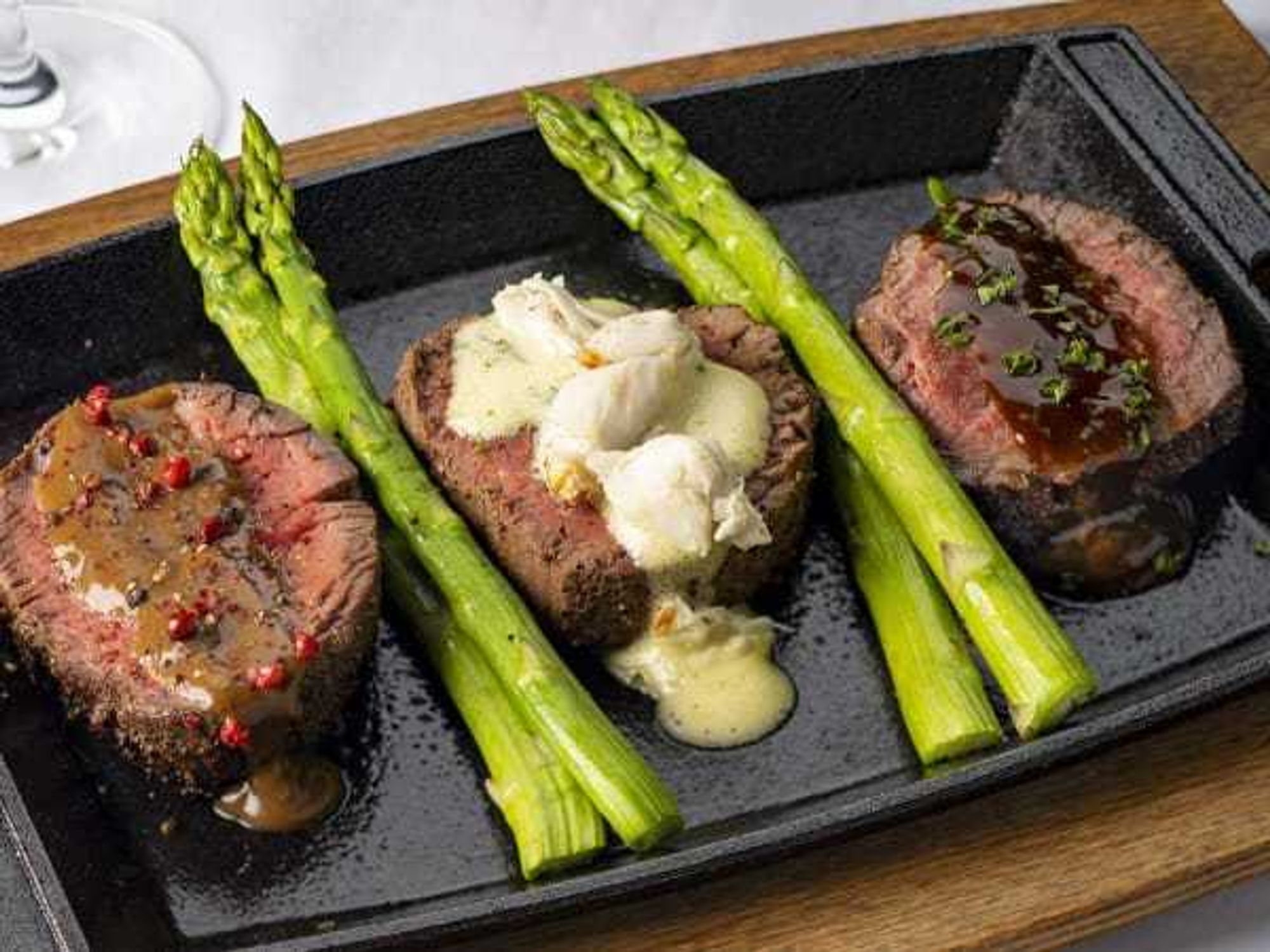
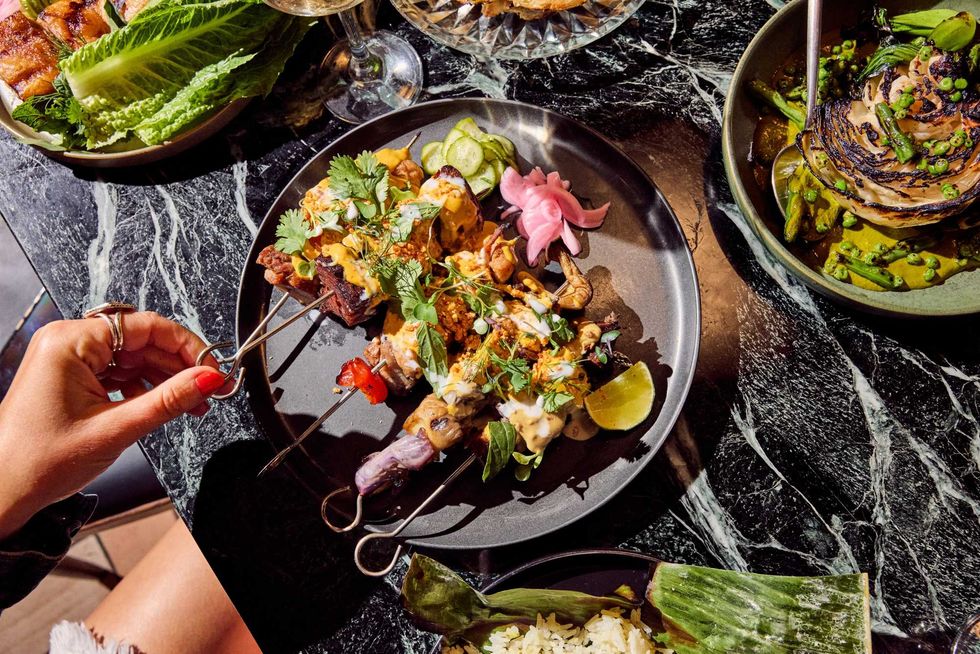 Siti's five course Christmas Eve feast is inspired by the flavors of Southeast Asia. Photo by Mackenzie Smith
Siti's five course Christmas Eve feast is inspired by the flavors of Southeast Asia. Photo by Mackenzie Smith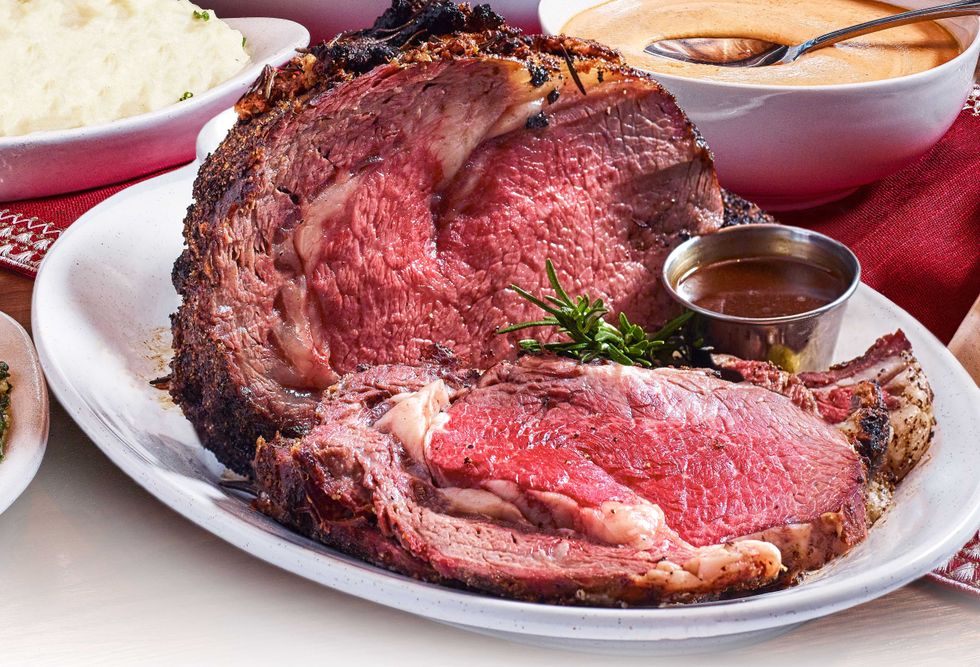 Larger parties can enjoy Carve American Grille's Prime Rib for Christmas Eve.Photo courtesy of CARVE American Grille
Larger parties can enjoy Carve American Grille's Prime Rib for Christmas Eve.Photo courtesy of CARVE American Grille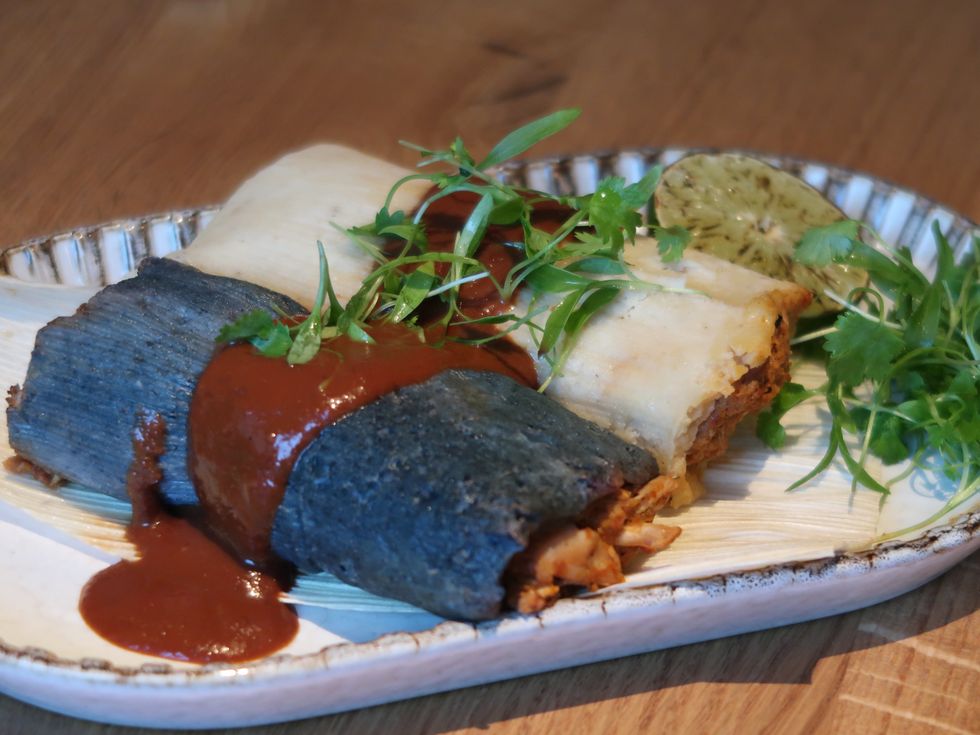 VERDAD True Modern Mexican's turducken tamales are available on Christmas Eve. Photo courtesy of VERDAD True Modern Mexican
VERDAD True Modern Mexican's turducken tamales are available on Christmas Eve. Photo courtesy of VERDAD True Modern Mexican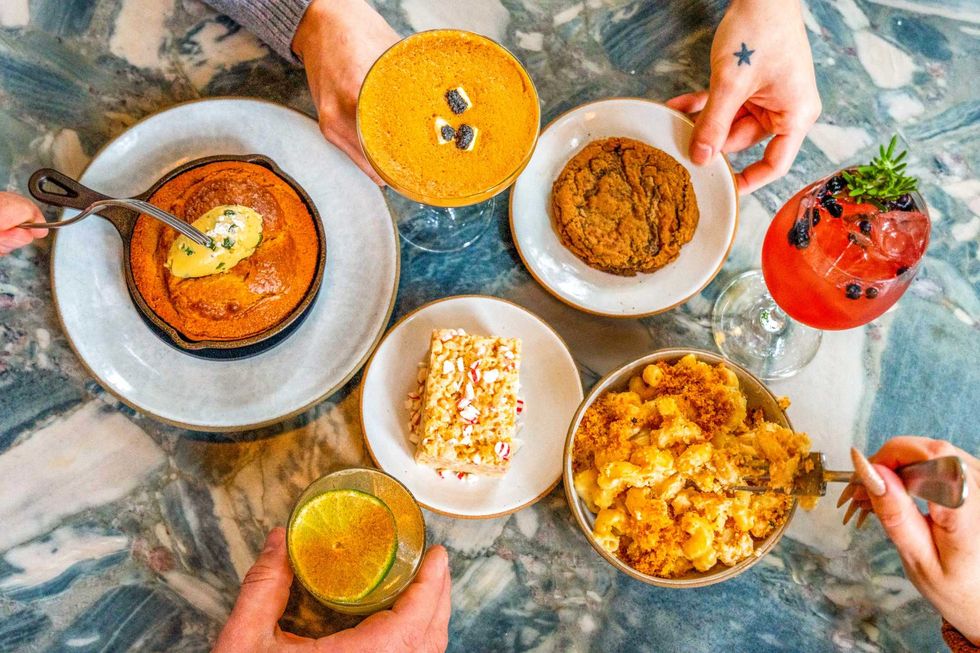 Summer on Music Lane's prefix holiday menu. Photo by Grant Pifer
Summer on Music Lane's prefix holiday menu. Photo by Grant Pifer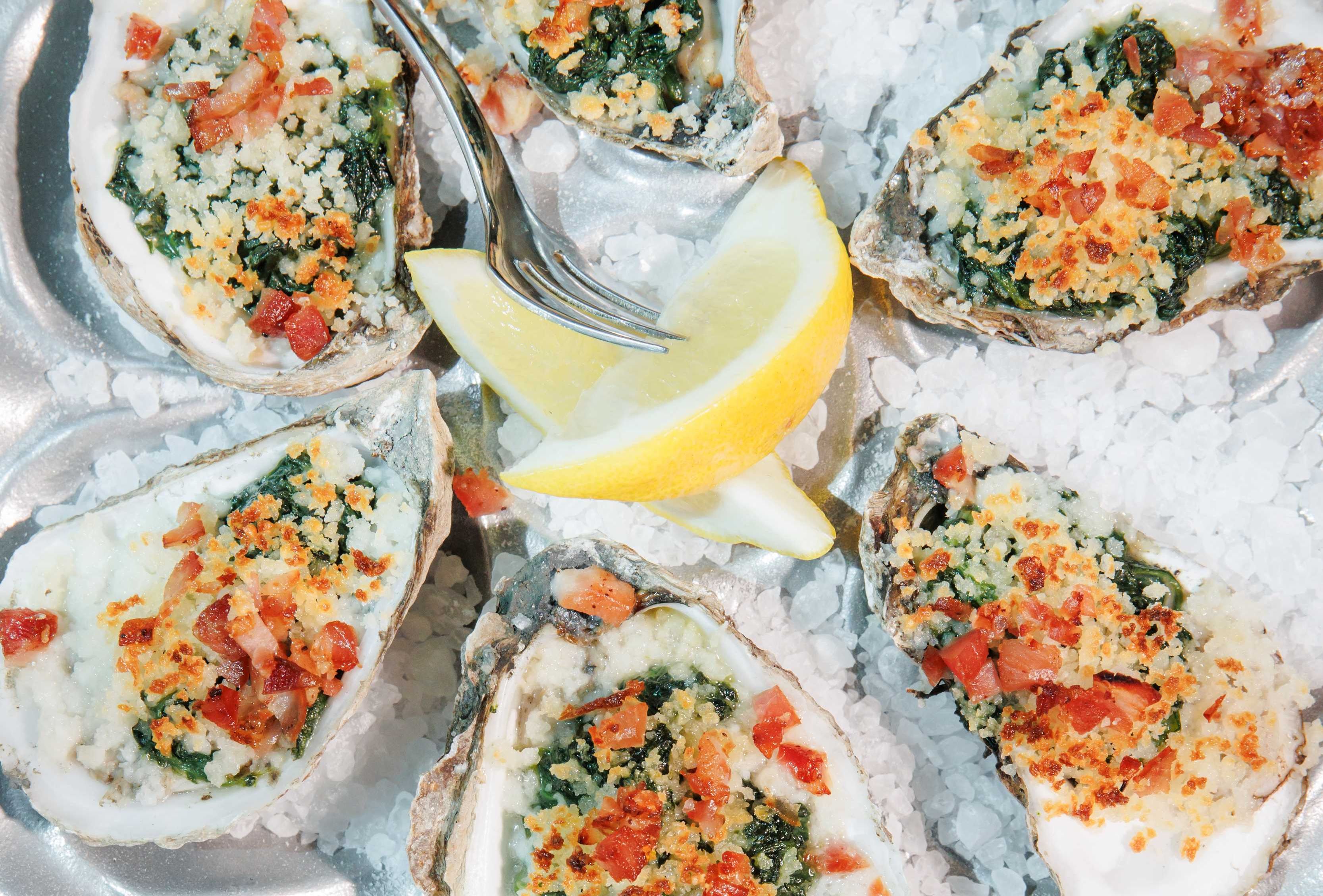 Skipjack Oyster is open and serving up a special holiday feast alongside its regular menu all day Christmas Eve and Christmas Day. Photo courtesy of Get Noticed Creative
Skipjack Oyster is open and serving up a special holiday feast alongside its regular menu all day Christmas Eve and Christmas Day. Photo courtesy of Get Noticed Creative